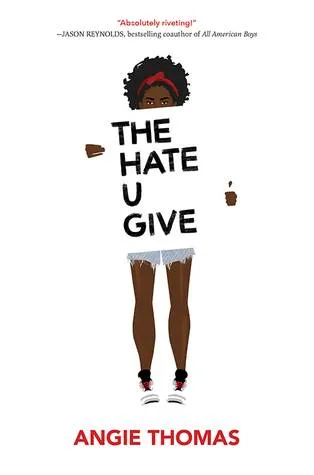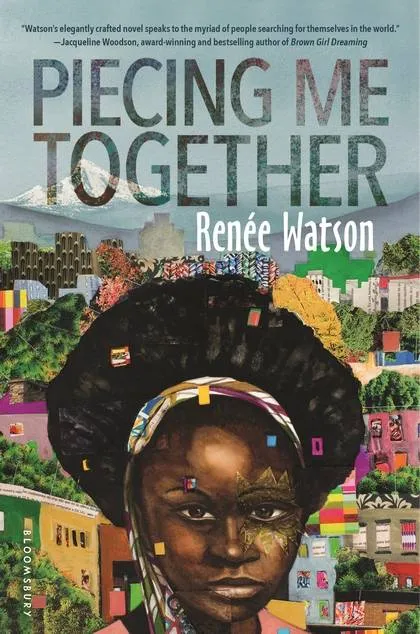
Black Girl YA Gives Revolutionary Hope
Jamie Moore is an English Professor and the author of the novella, Our Small Faces. She is the Literary and Workshop Director of the MixedRemixed festival and a book podcaster. She is also a Kimbilio Fiction Fellow and working on a novel. Follow her on Twitter @mixedreader.
I’ve been reading a lot of YA lately, unsure of what I’ve been searching for, but drawn to it accessibility, fearlessness, and vulnerability. I think I’ve been searching for that girl-confidence many of us have before the divisive lines of the world are drawn in for us. Those last seasons of bliss before we internalize society’s expectations of us. Perhaps because the world feels so ugly right now, I am looking for a new understanding of hope. This is where black girl YA has saved me; lifted my heart and redefined how I should face the world.
I want to take a moment to think about hope, particularly how hope is more than optimism. Black girl YA isn’t optimistic. Black girls grow up in a world that is actively shaped to deny them opportunity and confidence. Optimism tends to be blind: the belief that everything is going to be alright. Optimism is built on pulling strength from the world around you. But in The Hate U Give and Piecing Me Together, black girls face realities that want to sap them of their passion; realities that take and take, without any investment in them. Hope asks for an investment and confidence in yourself and your community. The black girls I’ve been reading exemplify this, and take it further with action, making their kind of hope a revolutionary one. Despite the injustices, they take action. They practice empathy. They find the strength to forgive. They are brave enough to claim their voice.

It is incredibly important that we see both parts of Starr’s identity. What Thomas does in this book is force us to confront our own humanity, our understanding of this particular injustice, through the lens of an intelligent black girl. Throughout the book, there is the constant return to themes of family, history, and community that normalizes a kind of family/neighborhood that our society often refuses to acknowledge as worthy. There are moments of joy and of teenage angst, while there are also moments of frustration and heartbreak and fear. As Starr comes to the realization that “people like us in situations like this become hashtags, but they rarely get justice,” she turns inward to find what the world refuses to give to her. The most striking moments in this novel are when that sense of hope drives Starr to find her voice, to advocate for her right to be seen and heard, to be an agent of change for a more just society.

Black girl YA gives me confidence, fire and drive. I am striving to find that hope and practice it in a way that is as revolutionary as Jade and Starr. To invest in self-care, (by reading more black girl YA!), and to engage in change by amplifying these narratives. Placing these kind of books in the hands of the young women around us is one step towards that goal.










